Why Is It Important to Decorate Your Living Room with Plants?
There is something about a plant-filled living room, it immediately feels calm, alive, and vibrant. The pale greens, the earthy scent of the soil, and the dapple of light upon the leaves, all together, generate an instantly comforting warmth that even the finest furnishings cannot. Plants don’t merely occupy space; they redefine it.
But there’s more to it than aesthetics. Plants have been proven to decrease stress levels, clean indoor air, and balance the home. And in Vastu Shastra, the ancient Indian art of design and energy, plants also play a role in affecting harmony and prosperity. That’s why knowing how to position plants in a living room isn’t so much a fashion decision, it’s an intentional move towards building a home that feels healthy and balanced.
Expert Tips on How to Arrange Plants in Living Room
Plant arranging is similar to music, balance, rhythm, and tone are important. Some well-thought-out adjustments can bring your space to life without using it as a jungle. Here’s how to achieve it:
Read your light: Spend a day observing how light travels across your living room. Bright spots around windows are ideal for money plants or palms, while darker corners are suitable for aglaonema or calathea.
Play with height: Combine tall floor plants with shorter tabletop ones. This creates layers and leads the eye across the room rather than leaving all foliage at eye level.
Think in bunches: One big plant is dramatic, but three small plants together are more natural and intimate.
Use corners to your advantage: Bare corners can suddenly come alive with a tall areca palm or dracaena.
Make it breezy: Don’t overcrowd, plants require air flow to do well.
Complete your décor: The pot is included in the décor. Clay, jute, or ceramic, choose one that fits with your furniture.
As soon as you understand how to plant the living room, you will see how even the most basic corner can start to resemble a serene sanctuary.
Best Indoor Plants for Living Room
Selecting the best indoor plants for the living room is based on what your home needs: a burst of color, fresher air, or perhaps just a touch of nature close to the couch. Here’s a combination of larger and compact plants that will fit most homes:
Big Plants
Aglaonema – Firework
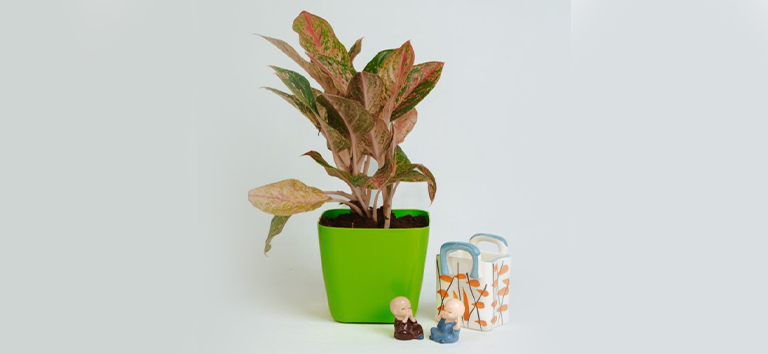
This stunning Aglaonema – Firework plant is a great way to bring color and happiness into your home with its dark green leaves and cheery pink veins. It also grows well in spots that don’t get much light, making it a great choice for corners that are often ignored. The combination of pink and green is an instant mood booster and a great plant to combine with neutral interior schemes. It doesn’t require much, only light watering and a stable environment, but its presence makes a big difference.
Areca Palm

The Areca Palm is one of the most loved living room plants for a reason. Its soft, feathery fronds can turn any dull corner into a refreshing space that feels naturally breezy. Apart from being a visual delight, it helps purify indoor air by removing toxins and balancing humidity. Keep it in a bright area with indirect sunlight, and you’ll have a graceful green companion that stays lively all year round.
Calathea Zebrina
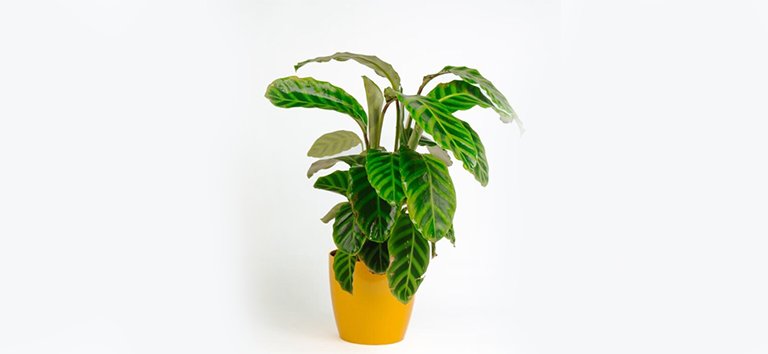
This plant is remarkable due to its beautiful striped leaves that bear a resemblance to the patterns of a zebra, thus its name. Calathea Zebrina loves moderate to bright humidity and soft, filtered light, so it’s perfectly placed near a sunny window or a highly lit corner. It folds its leaves during the night hours, imparting a subtle movement that is as if alive. It’s a wonderful plant to add serene sophistication and rhythm to your living room décor.
Caladium – White
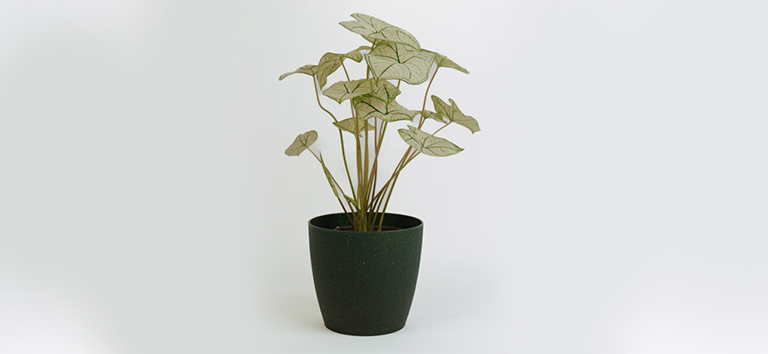
If your lounge is of the darker hue, the Caladium ‘White’ is an understated but effective contrast. Its white-green, heart-shaped leaves brighten up a room in the most elegant way and coordinate wonderfully with soft furnishings or wood tones. Place it out of direct sunlight and water sparingly to keep the soil lightly moist. It’s fragile but has a strong visual presence.
Dracaena Dara Singh (Green & Yellow)
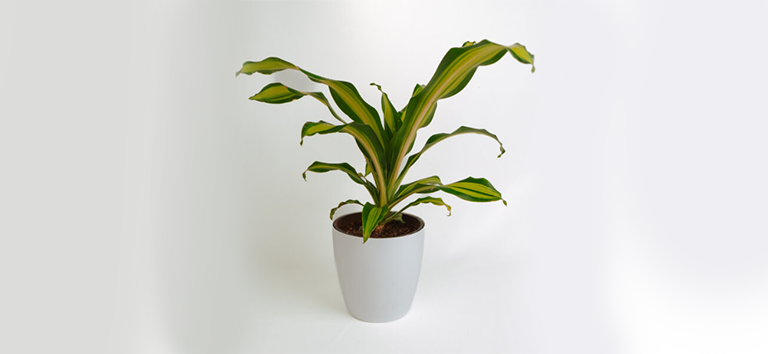
The Dracaena Dara Singh is upright, formal, and nearly architectural in its bearing. Its yellow and green striped leaves add pattern and verticality to your home. The best part is that it can tolerate a little neglect, which is ideal for a person who adores plants but tends to forget to water them. Place it at the entrance or near the window, and it will quietly anchor your decor while cleaning the air.
Small Plants
Adenium (Desert Rose)
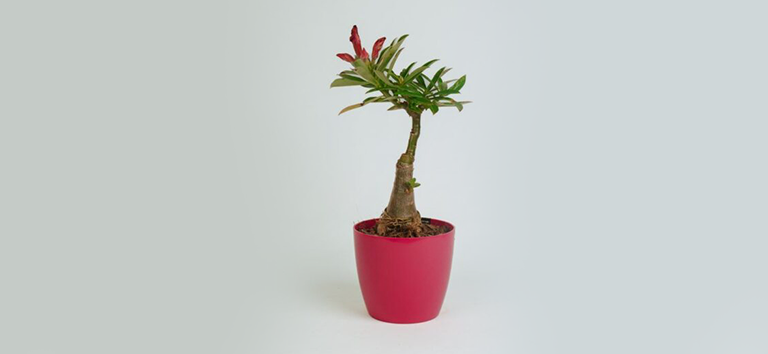
This small but striking flowering plant has a thick trunk and colorful flowers. The Adenium, also known as the Desert Rose, brings a splash of whimsy and color to your living space.
Aglaonema – Pink Beauty
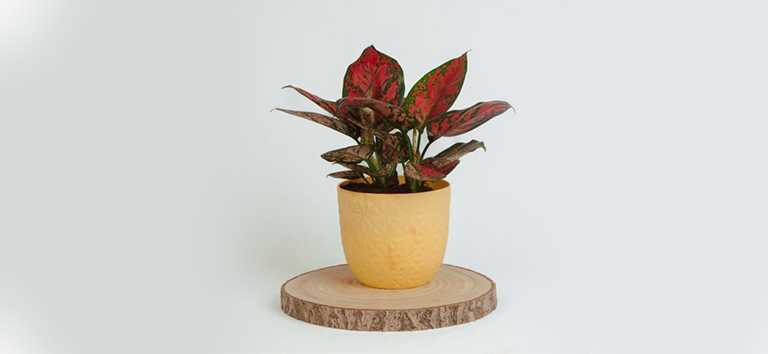
For neutral-colored rooms, Aglaonema ‘Pink Beauty’ brings the warmth of a pop of color. The pink-green mix on its leaves is happy without being too intense. It thrives in indirect light and doesn’t require watering often. A plain white ceramic pot is sufficient to allow its own colors to shine beautifully.
Cryptanthus
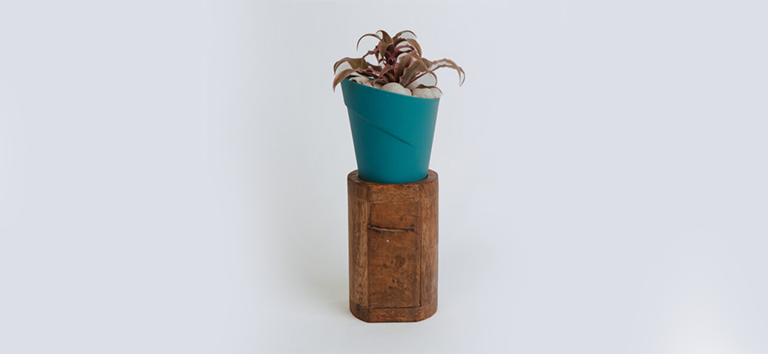
Also referred to as the Earth Star, Cryptanthus is a small, colorful plant that is sure to command attention. Its pink and green star-shaped rosette of leaves would be perfect for the tabletop or beside the bedside lamp. It likes humidity and soft light, which makes it simple to keep at home. Its bold patterns add a beautiful texture to your home.
Fittonia – Red Nerve Plant

Fittonia is famous for the pretty network of red veins running throughout its dense green leaves. It’s a delicate, low-maintenance plant that adds life and texture to light-colored wood or furniture. Fittonia prefers moderate moisture and indirect light. It’s a great option for creating visual interest in tight spaces without filling them.
Money Plant – Variegated
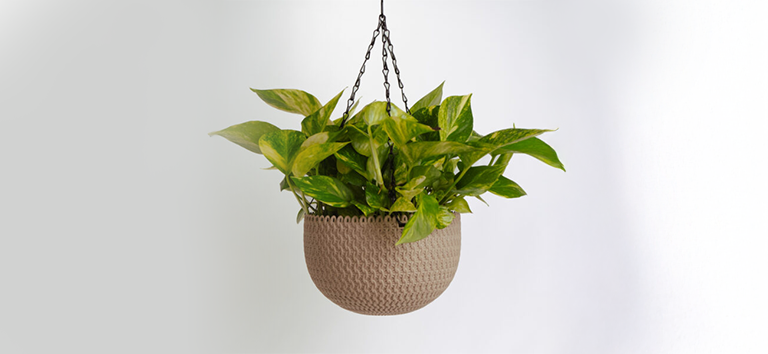
An age-old living room houseplant, the Money Plant is said to attract prosperity and good fortune. The variegated variety, which has golden and green leaves, is a cinch to grow and thrives in pots and hanging baskets. It trails beautifully from a shelf or crawls along a wall trellis. Other than its meanings, it’s a super easy plant to cultivate and care for.
Succulent
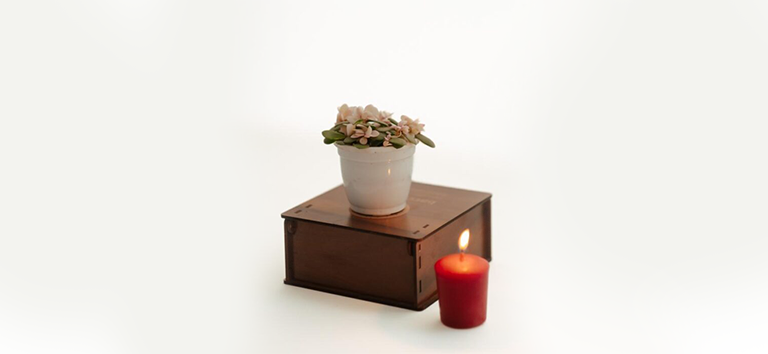
Succulents are the best choice for busy persons. Their fleshy leaves are thick and store water, so they become strong even if you neglect to water them for days. From small rosette plants to tall ones, they suit perfectly on work surfaces, coffee tables, or windowsills. They require a little sunshine and hardly any maintenance, but they appear stylish effortlessly.
Combined, these plants can transform your living space into a lively, breathing room that feels energetic and relaxing.
Indoor Plants for Living Room as per Vastu
Plants, according to Vastu, not only make things lovely, but they also actually determine the movement of energy in your house. The direction and the plant itself can influence how restful and prosperous your space will be. If you desire to abide by Vastu principles, look at these living room indoor plants according to Vastu:
Golden – Money Plant
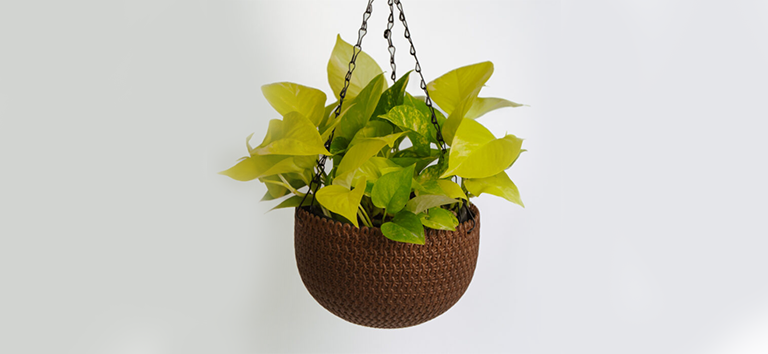
According to Vastu, the Golden – Money Plant should be placed in the southeast corner of your drawing room. Lord Ganesha governs this direction, and it is all about money and success. The vines that grow upwards symbolize advancement and constant development. Trimming it regularly and having it green is believed to attract money, positivity, and harmony into your home.
Snake Plant

The Snake Plant, with tall, sword-shaped leaves, is an energy shield. As per Vastu, it is best positioned near doors and windows, as it repels negative energies and purifies air. It is also one of the finest oxygen-generating plants, especially during the night, which makes your house environment healthier and more relaxing.
Peace Lily

A Peace Lily not only brings beauty with its white blooms but also represents purity and inner peace. Vastu suggests keeping it in the northeast corner of your lounge, which symbolizes peace and positive energy. It creates a peaceful ambiance that aids in better concentration and relaxation.
Jasmine

Sweet and calming, the Jasmine plant is thought to promote harmony and peace within relationships. Having it sit by a window to allow its sweet fragrance to permeate throughout your house is said to bring warmth and happiness to the home and keep everything cheerful.
Sticking to these easy-to-follow guidelines when deciding how to place plants in the living room while matching your decorations ensures that beauty and balance walk together.
How to Decorate Living Room with Plants
Plants don’t simply remain in a corner, they engage with your furniture, walls, and light. Let’s learn about some creative ways to naturally decorate your living room:
Make a focal point: A tall Areca Palm next to the sofa or an Aglaonema near a bookshelf can ground your design.
Green out bare shelves: Combine tiny plants such as Fittonia or Cryptanthus with books and candles. It tones down the appearance and brings freshness.
Experiment with hanging planters: Perfect for small homes. Trailing Money Plants or String of Pearls look stunning suspended around windows.
Introduce texture: Balance leafy plants with cacti or succulents.
Swap seasonally: Alternate flowering plants such as Adenium or Caladium for a new look every three months or so.
If you know how to put plants in the living room, you’ll notice that every plant adds in a different way, some ground the room, some pull in light, and some add rhythm. It’s not a matter of filling up every nook, but of each one giving them life.
FAQ
1) How to place plants in the living room?
Begin by noting the light and air circulation. Most indoor living room plants prefer bright, indirect light, and low-light areas are ideal for Calathea or Aglaonema. Put larger pots close to corners and smaller ones near coffee tables or window sills. Make sure not to cut off walkways, plants need to look natural, not contrived.
2) Where to place a money plant in the living room?
According to Vastu, the southeast direction is the best place for a Money Plant. Do not put it in the northeast direction, as that can lower positive energy. Make sure the plant appears healthy and its leaves face upwards, wilted vines are said to hinder money flow.
3) How to decorate a small living room with plants?
For small rooms, go vertical. Install wall shelves, window boxes, or hanging baskets. Opt for small species such as Fittonia, Succulents, or Mini Aglaonemas. Position mirrors opposite greenery, they return light and create the illusion of space.
4) Is it good to have plants in your living room?
Yes, indeed. Plants purify air, bring warmth, and lift the mood. In Vastu philosophy, they also welcome peace and prosperity. Just select the best indoor plants for the living room appropriate to your way of life, tough, low-maintenance ones if you have a busy schedule, or flowering ones if you adore color and tend to them.

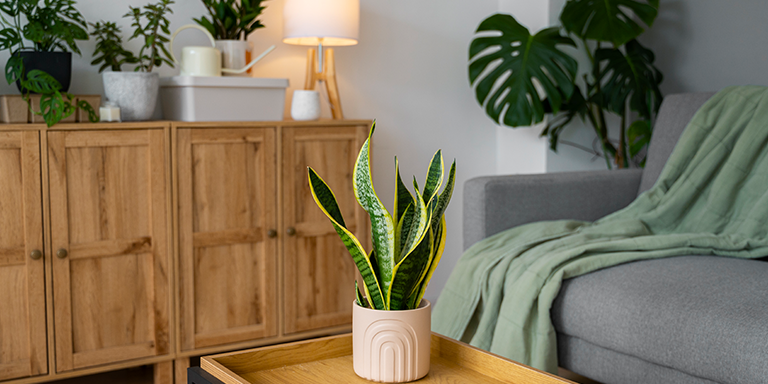

 Ribbon grass
Ribbon grass